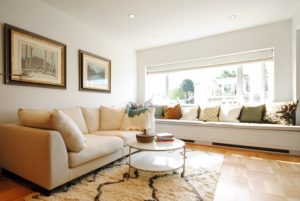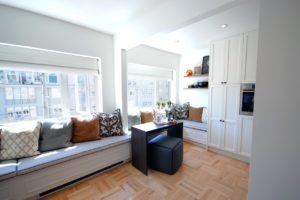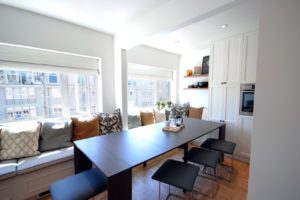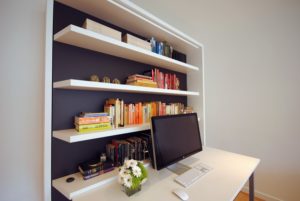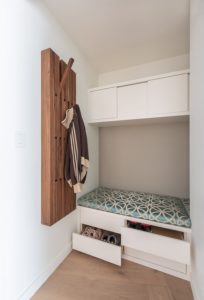Expert Design Tips for Small Spaces
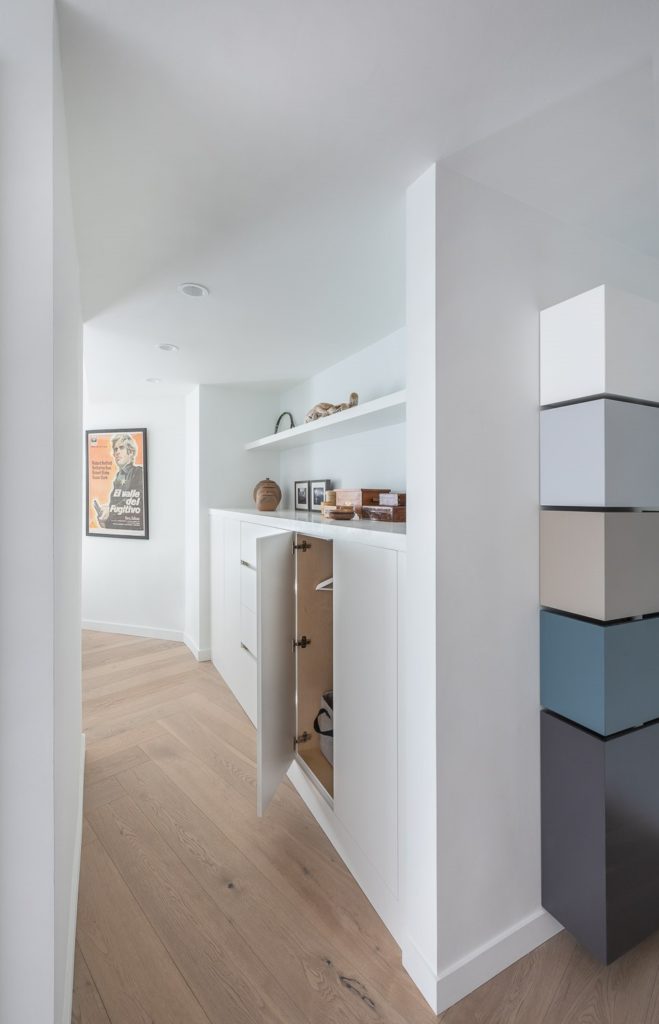
Designing and Decorating your Small Space with Interior Designer Corey Klassen
Small spaces are becoming more common as cities increase in density and developers capitalize on vertical space. With ample attached housing making up the city skylines, investors are opting in to buy these condos as rental properties. Investors and tenants alike, face the constant battle of small spaces. Investors in competitive rental markets must make their small properties stand out and tenants looking for a long-term rental are challenged to make them practical and livable.
Award-winning interior designer Corey Klassen shares some space maximizing tips and expert advice on how to make the most of your small space for both tenants who are furnishing for themselves and for investment property owners looking to add dimension, versatility and functionality in small spaces. Klassen who owns two design firms in Vancouver, BC – one a full-service design firm and one an E-Design – has over 15 years of industry experience, lives in Vancouver’s West End, also well known for smaller apartment and condos and is no stranger to the challenges of unique spaces.
Small spaces with Corey Klassen
RIF- With space at a seemingly constant shortage in dense urban centres like Vancouver, Toronto, New York City and other cities, what is the first consideration home owners should think about when furnishing a small space?
CK- Color is always first, followed by built-in storage, furniture, and art. Colour gets such a bad rap, just take a look at the white kitchen phenomenon that everyone continues to be captivated by. Psychologically, white reminds of cleanliness, yet colour is such an important part of our lives in many other ways. What I find that we are most afraid of is actually clutter, and that is a very different type “C” word. Living inside our homes requires care and attention no matter the hue-so we need not be afraid of using colour.
RIF– Space planning is important for both investment property owners and tenants alike – what area in a small home needs to be the most multi-useful?
CK-Our primary living areas need to have the highest amount of function and adaptability and addressing this area needs to accommodate traffic flow and
activity zones. Most of the time our activity zones can overlap, like reading and watching a movie, working and eating, sleeping and sitting, or watching a
moving and using a computer. Not often will cooking or bathing overlap with another activity-so by connecting the functional tasks of an activity to a central zone, we can often find duplicated or similar tasks that can be grouped together – thereby creating the efficiencies of a well-planned space, for example a breakfast bar can double as a small workstation by adding built shelving on the walls or underneath the cabinet- a great investment for home owners who are looking to rent out a furnished condo, as this also eliminates the need for more furniture.
RIF- When furnishing for the long term what are some great investment pieces that not only add ‘space’ but also accommodate the need for a specific piece of furniture? What furniture do you swear by as multi-purpose piece?
CK- There is an 80/20 rule that applies to most furniture selections where 80% of our interior furnishings would be practical and functional, and the remaining 20% is ridiculous, so to speak, and fun. Speaking from both personal and professional experience, key pieces that can be multi-functional are the big three: seating, eating, and sleeping. Sofas that accommodate sleeping a human being and other accent furniture that can be relocated and repurposed in other areas of the home. The Cubista stool is one of my favourites for its multifunctionality.
A dining table can function as a place to eat or as a work surface, so the ability to change or adapt its size or function is something to invest in. A bed has uncaptured storage beneath the mattress, but with a storage bed that space can be used for suitcases, artwork you want to rotate, or seasonal clothing. Consider Murphy or wall beds that can be flipped up freeing up the entire room it rests in and even built-ins that come as part of some wall beds that double your storage space.
RIF- Many people find that working remotely or from a home office has become a part of their lifestyle and this translates into their need to be able to accommodate their working environment at home as well. Many urban spaces are designed as studio lofts or 1 bedroom suites, how can home offices be accommodated without ‘work’ space overpowering a small apartment?
CK- I’m going to always land on appropriate office size and storage here. Most work accessories have been eliminated, unless space for samples and products are a requirement for your job- in which case investing in a workspace might be a better option, or renting a storage unit where you won’t be inundated with work materials is a good idea. If working from your laptop with a few small accessories is all that you need, your work
space can easily move from breakfast bar to dining table with storage accessories built in as shelving or using decorative boxes to contain miscellaneous items will
keep ‘work things’ out of sight and out of mind when you’re not working.
RIF- While Storage furniture is a must, it can also be obtrusive. Can you tell us how to find or look for pieces that satisfy the need for storage but are also not going to overwhelm the room? What are some great pieces for property owners to invest in?
CK- Before considering storage needs, it is important to think about the items we are tucking away because that space is valuable. Focusing on storing items that we need and use frequently is obvious but adapting that storage furniture to our environment is another matter. Finding storage pieces that are pleasing can be blending a mix of horizontal and vertical closed-door with open storage pieces. For example, a storage bed is an example of a piece of furniture that uses uncaptured space wisely and there are so many new cost-effective options available. A critical component to avoid overwhelming the room is to leave negative space for the eye to rest so selecting the right scale of storage furniture is a key consideration – always start with the space and a complete plan. Built-in furnishings will always add an element of a ‘roomier’ space.
RIF- What are your 3 tips to create more space in a small condo?
CK- Use colour-blocking, invest in pieces with hidden storage or built-ins and don’t forget to utilize vertical space!
The takeaway
Furnishing your small space doesn’t need to be costly or frustrating. Understanding how specific areas of your space will be used will allow you to make furnishing decisions that optimize space as multi-functional. This is the key to adding more value for your tenants and space for yourselves reducing frustration and allowing you to grow in a space rather than moving again. Investing in storage pieces that double or function in multiple ways could add storage or extra sleeping space. And using often forgotten vertical space can make even a 500 square foot space feel cozy and uncluttered.
For more information on small space design, you can reach Corey Klassen here, or connect with a Rent it Furnished licenced Property Manager for more tips on how to make your furnished rental stand out amongst the crowd.
